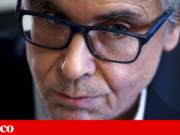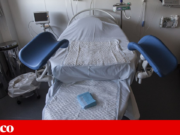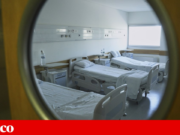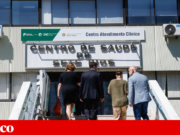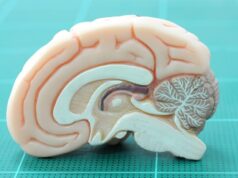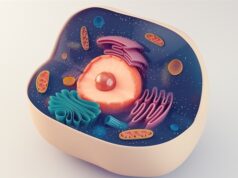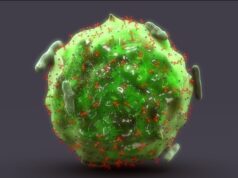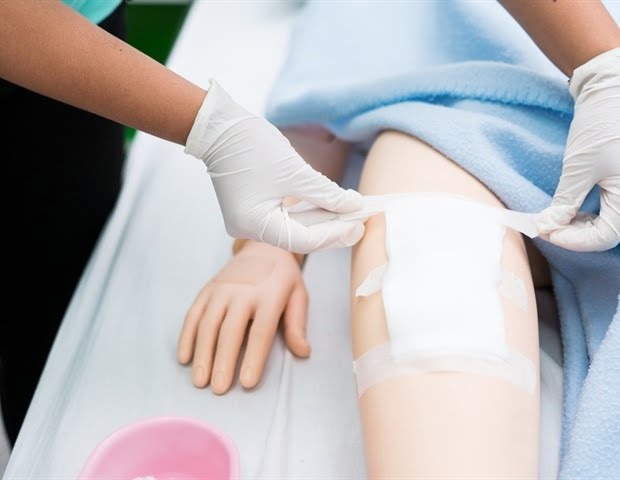
Researchers at UCLA, Duke University and other collaborating institutions have developed a biomaterial that may significantly reduce scar formation after wounding, leading to more effective skin healing.
This new material, which quickly degrades once the wound has closed, demonstrates that activating an adaptive immune response can trigger regenerative wound healing, leaving behind stronger and healthier skin.
This work builds on the team's previous research with hydrogel scaffolds formed from microscale particles, which assemble to create a highly porous structure to support tissue growth, accelerating wound healing.
As the wound closes, this microporous annealed particle (MAP) gel slowly dissolves, leaving behind healed skin. In their new mouse study, the team showed that a modified version of this hydrogel activates a regenerative immune response, which can potentially help to more effectively heal skin injuries such as burns, cuts, diabetic ulcers and other wounds that normally heal with significant noticeable scars that are more susceptible to reinjury.
When a wound is created, the body naturally forms a scar tissue, restoring the skin barrier as fast as possible to reduce pain, the chance of superimposed infections and, in larger wounds, avoid water loss through evaporation.
This happens at the expense of regenerative healing which would otherwise restore the native skin tissue with high-strength and more complex secondary structures such as hair follicles and sebaceous glands. Our modified MAP gel allows the wound to be healed by skin regeneration instead of scar formation."
Dr. Maani Archang, Study Co-First Author and Graduate Student in Scumpia Lab
Rather than create an entirely new gel with new materials, the team instead focused on the chemical linker, or the chemical bond that joins two or more molecules together, that allowed the scaffold to be naturally resorbable.
"Previously we'd seen that as the wound started to heal, the MAP gel started to lose porosity, which limited how the tissue could grow through the structure," says Don Griffin, PhD, an assistant professor at the University of Virginia who is a co-first author on the paper and a former postdoctoral fellow in the Segura Lab at UCLA. "We hypothesized that slowing down the degradation rate of the MAP scaffold would prevent the pores from closing and provide additional support to the tissue as it grows, which would improve the tissue's quality. In this new work, we achieved that chemically, using what's called a D-chirality amino acid chemical linker."
Like the original gel, the updated material integrated into the wound and supported the tissue as the wound closed. Instead of lasting longer, as the team expected, the new gel almost entirely disappeared from the wound site by within three weeks, leaving behind just a few particles.
After a skin injury, the body's innate immune response is immediately activated to ensure that any foreign substances that enter the body are quickly destroyed. If substances can escape this first immune response, the body's adaptive immune response kicks in.
Because the updated gel included D-chirality linkers that are not naturally occurring in the body, it activated the adaptive immune system, which created antibodies and activated cells including macrophages that targeted and cleared out the gel after the wound closed.
Unexpectedly, the healed skin was stronger and included complex skin structures typically absent in scars. After further investigation, the researchers discovered that the reason for the stronger healing –– despite the less absorption time despite the lack of longevity –– was a different immune response to the gel.
"When most biomaterials are placed in the body, they are walled off by the immune system and eventually degraded or destroyed. But in this study, the immune response to the gel induced a regenerative response in the healed tissue," said Dr. Philip Scumpia, an assistant professor in the division of dermatology at UCLA Health and the West Los Angeles VA Medical Center.
"This study shows us that activating the immune system can be used to tilt the balance of wound healing from tissue destruction and scar formation to tissue repair and skin regeneration," said Tatiana Segura, PhD, formerly a professor of chemical and biomolecular engineering at UCLA, now at Duke University.
Working with Maksim Plikus, PhD, a regenerative tissue expert at the University of California, Irvine, the team also confirmed that key structures such as hair follicles and sebaceous glands, not scar tissue, were correctly forming over the scaffold.
When the team dug into the mechanism, they found that the cells of the adaptive immune system are required for this regenerative response.
As the team continues to study the regenerative immune response to their gel, they are also exploring the possibility of using the new MAP hydrogel as an immunomodulatory platform for tissue regeneration and vaccine development.
The UCLA technology is licensed by Tempo Therapeutics, a startup out of UCLA, which is commercializing the MAP technology to regenerate tissue in complex wounds. This research appears online in the journal Nature Materials.
Duke University
Griffin, D. R., et al. (2020) Activating an adaptive immune response from a hydrogel scaffold imparts regenerative wound healing. Nature Materials. doi.




